While it is important to listen to the longer interviews on this website, there are topics of specific interest to people raised by the Narmada Bachao Andolan that are shared here as short clips. This is for quick and easy reference on important topic such as lands of the adivasi people acquired for project colony, the Kevadia Colony being diverted to Statue of Unity related tourism; the challenges women oustees face in rehabilitation for being women; the impact on the Narmada River by the dam and so on.
Girish (bhai) Patel (1938-2018)
Lok Adhikar Sangh and Narmada Bachao Andolan, Ahmedabad, Gujarat
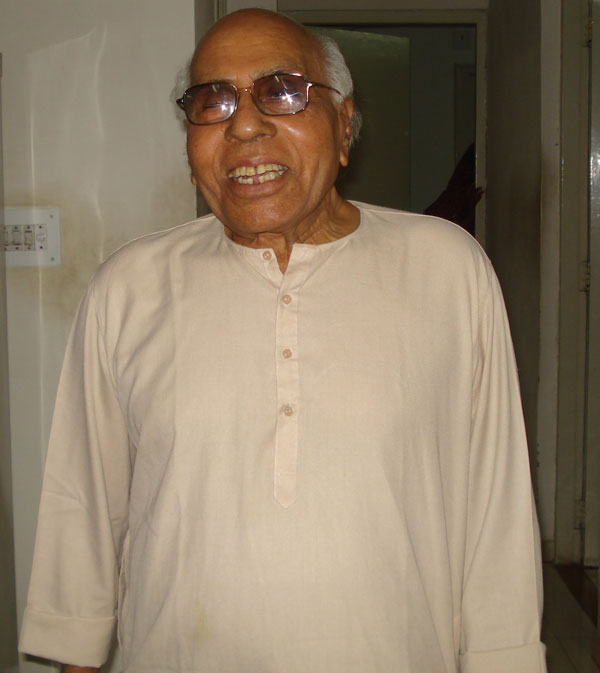
Latest & on New Subject
In this short clip from his long interview, Girishbhai Talks of how public interest litigation cannot be a medium of social change. He explains the limitations that people’s movements should keep in mind while filing public interest litigations.
Interview Duration: 0:01:48
Language: Gujarati and English, Subtitles in English
Girishbhai Patel, popularly known as the Public Interest Litigation (PIL) man of Gujarat was a renowned human rights lawyer of Gujarat. Girishbhai, a founding member and ideologue of Narmada Bachao Andolan, he talks of the issue of lands acquired for Sardar Sarovar Project Colony, the Kevadia Colony, being diverted for tourism purposes. He also talks of how in most “developmental projects”, more lands than requirement are acquired and how these lands are later used for other purposes, other than what they were first acquired for.
Girishbhai questions the change of purpose of the acquired lands and argues that such lands should be returned back to the oustees if not used for the purpose the lands were acquired for.
In the case of Kevadia Colony, the lands that were acquired for the Sardar Sarovar Project Colony are now being used for the world’s tallest statue, The Statue of Unity related tourism.
More about Girishbhai and his detailed interview can be heard in the “Strategies” section on the website.
Interview Duration: 0:02:48
Language: Gujarati and English, Subtitles in English
Sitaram (bhai) Patidar
Submergence Village Kadmal, Madhya Pradesh
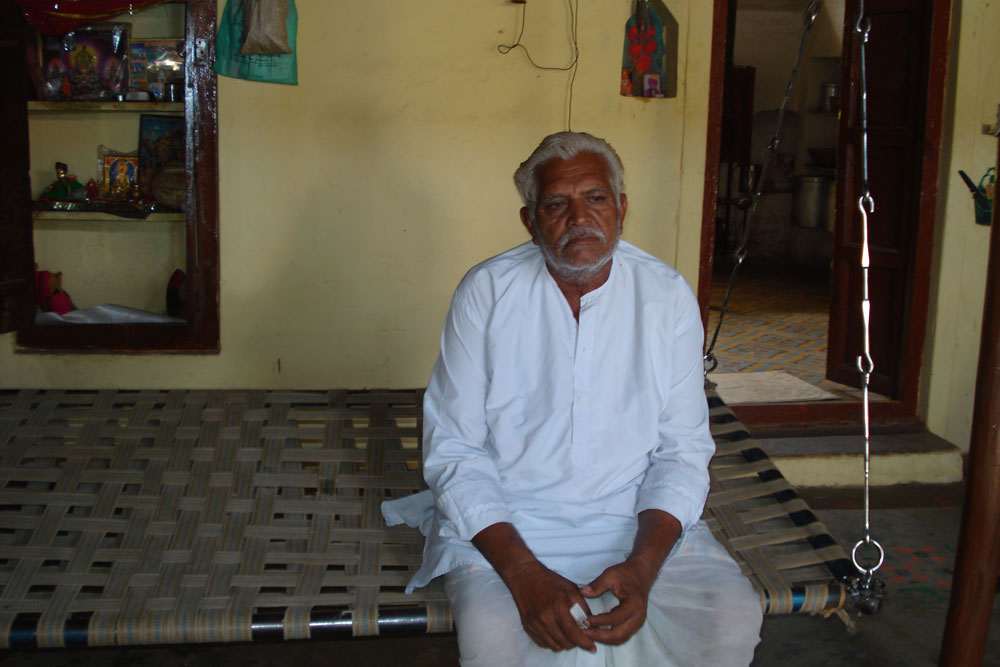
Late Sitarambhai Patidar, a senior leader of Narmada Bachao Andolan and a member of the Samarpit Dal- the dedicated squad of the movement, talks about the impact a dam has on a river and why it is important for a river to remain free flowing.
Interview duration: 0: 01:30
Language: Hindi, Subtitles in English
Pinjari (bai)
Submergence Village Sikka, Maharashtra
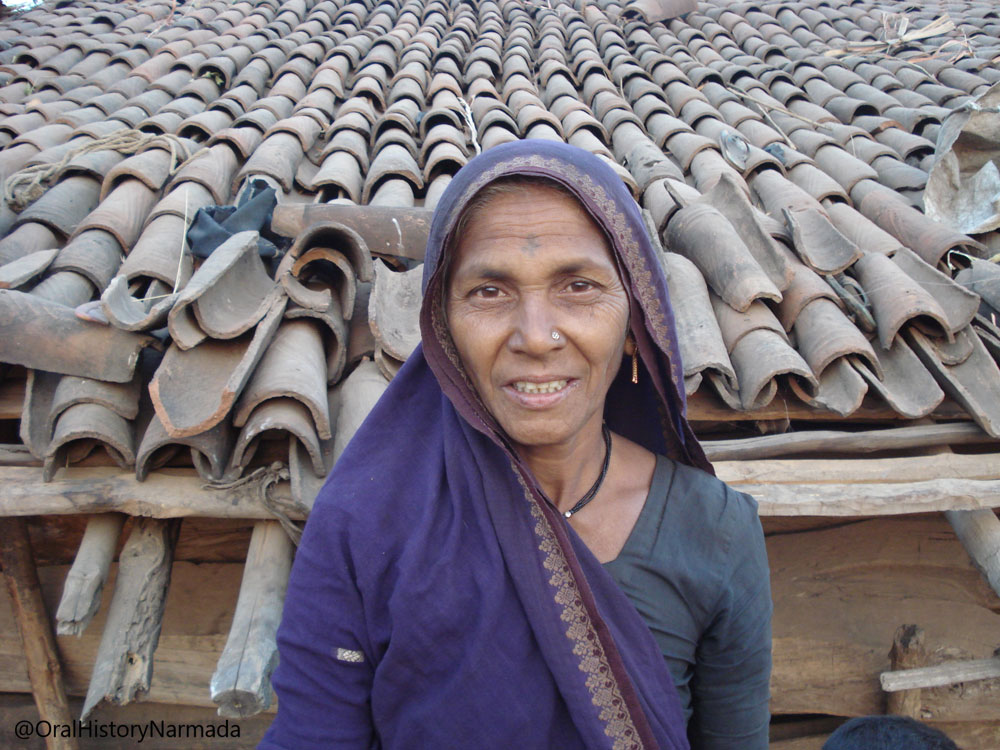
Pinjari (bai), a senior adivasi leader of Narmada Bachao Andolan explains how women do not get same rights and rehabilitated as adult sons of land holders are although they are equal contributors to the family income and welfare.
Interview duration: 0:03:00
Language: Pawari, Subtitles in English
PARASMAL (ji) KARNAVAT
SUBMERGENCE VILLAGE NISARPUR, MADHYA PRADESH (M.P.)
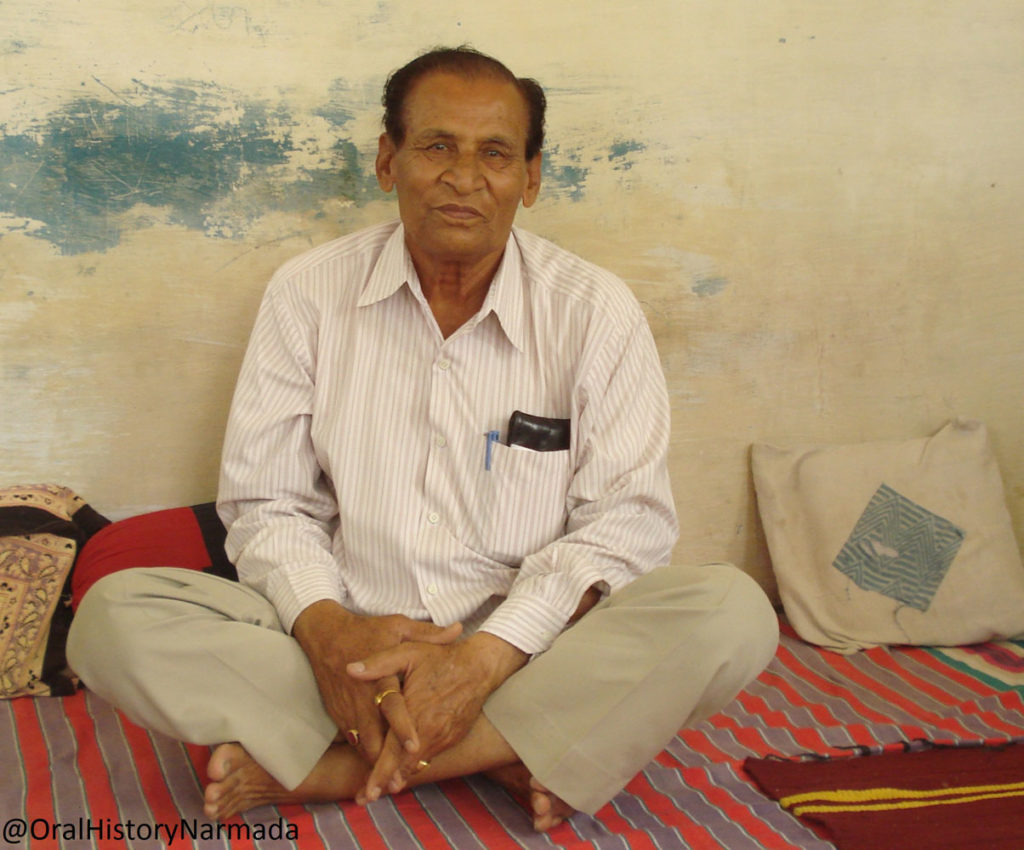
Parasmalji in the short clip from his long interview here talks of how the senior members of the Nimad Bachao Andolan challenged in the Supreme Court in the late seventies the inclusion of Rajasthan as a party in the Narmada Water Dispute Tribunal although it is not a riparian state. He speaks of the response of the Supreme Court to their petition, which was argued before the court by renowned lawyer Late Shri V.M.Tarkunde.
More about Parasmal (ji) and his detailed interview can be heard in the “Early History of the Movement” section on the website.
Interview duration: 0:03:53
Language: Hindi, Subtitles in English
Champa (ben) Tadvi
Submergence Village Vadgam, Gujarat
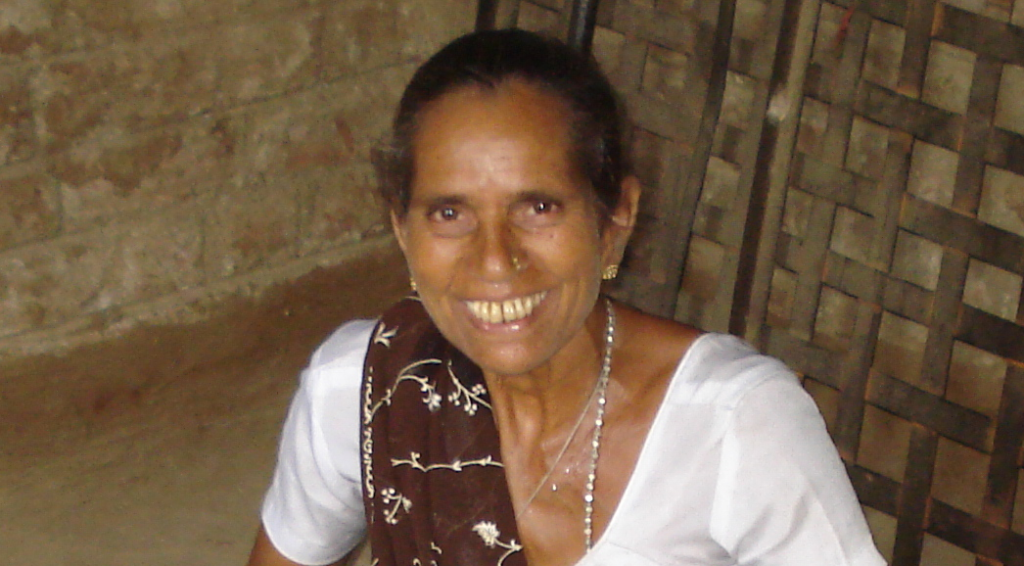
In this short clip from her long interview, Champaben who has been living in the resettlement site Dharampuri for nearly thirteen years after her village submerged in the Sardar Sarovar dam waters, explains how and why she has never felt Dharampuri resettlement to be her home.
More about Champaben and her detailed interview can be heard in the “Impact of Submergence” section on the website.
Interview duration: 0:02:23
Language: Gujarati, Subtitles in English
Keshav (bhau) Vasave
Submergence Village Nimghavan, Maharashtra
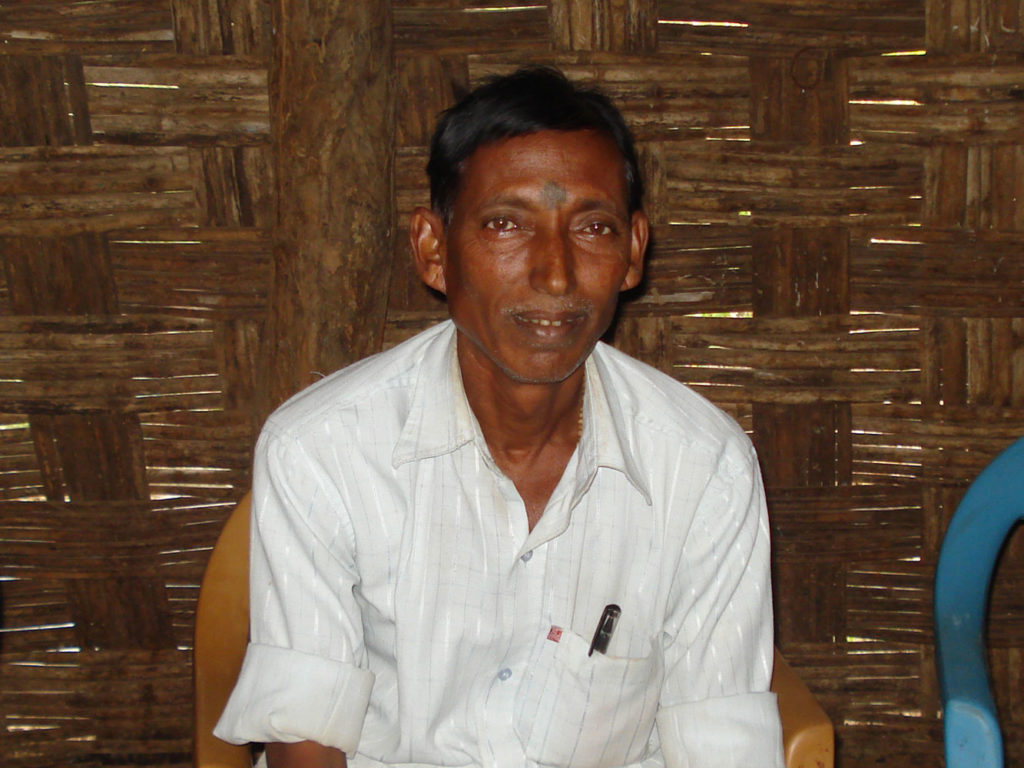
Keshavbhau in this clip talks of the irreversible impact that the damning of the River Narmada has left on the age old religious/spiritual tradition of Narmada Parikrama, the circumambulation of the river Narmada. He talks of the tradition of how thousands of parikramavasis were fed by the villagers on the banks of the Narmada, including how he and his family served them. Considered to be one of the holiest rivers, this clip is an important to understand how the Sardar Sarovar dam has disrupted the beliefs associated with the river.
Interview duration: 0:01:59
Language: Hindi, Subtitles in English
Late Mulji (bhai) Tadvi
Senior Leader of Narmada Bachao Andolan. Village: Kevadia, Gujarat
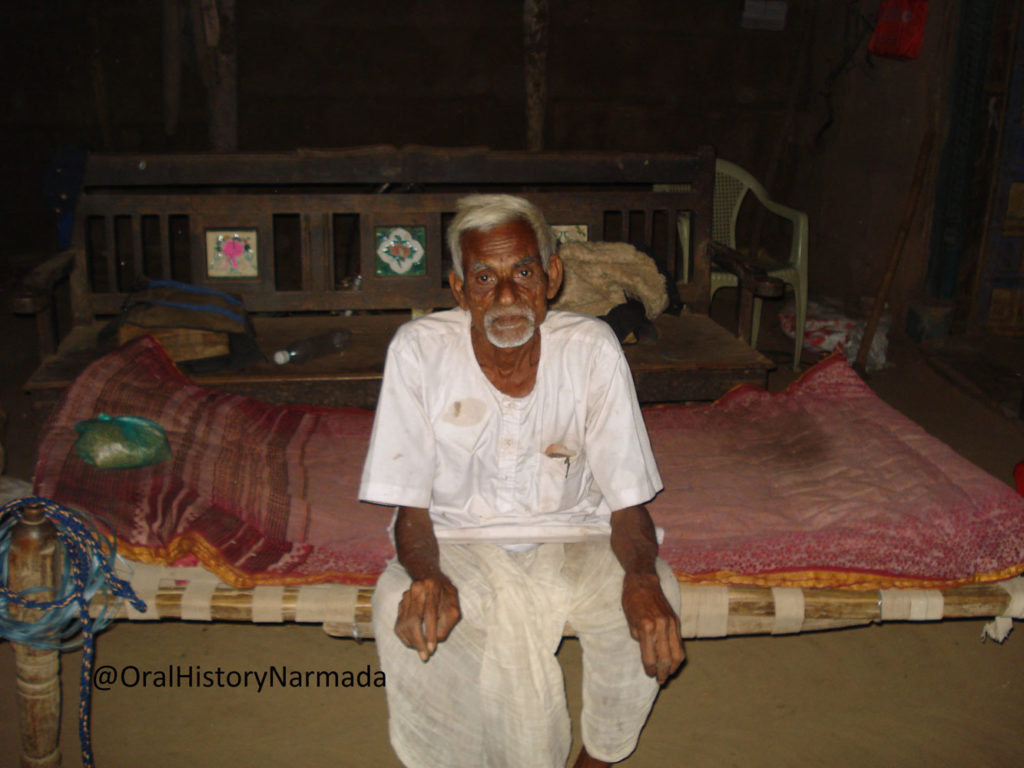
In this short clip from his long interview, Mulji bhai explains the early struggle in the 1960s and 1970s when the lands of six adivasi villages, named Kevadia, Gora, Kothi, Limdi, Vaghadia, and Kothi in the now Narmada district of Gujarat, were taken away for the construction of the Sardar Sarovar Project colony, then called the Navagam Dam. He speaks of the struggle of the adivasis soon after the foundation stone for the project was laid by Pandit Jawaharlal Nehru. Muljibhai was five time sarpanch of his village Kevadia, now famous for the world’s tallest statue, the Statue of Unity. The name of Kevadia, an adivasi village has been changed to Ekta Nagar after the building of the Statue of Unity.
Interview duration: 0:05:18
Language: Gujarati with English Subtitles